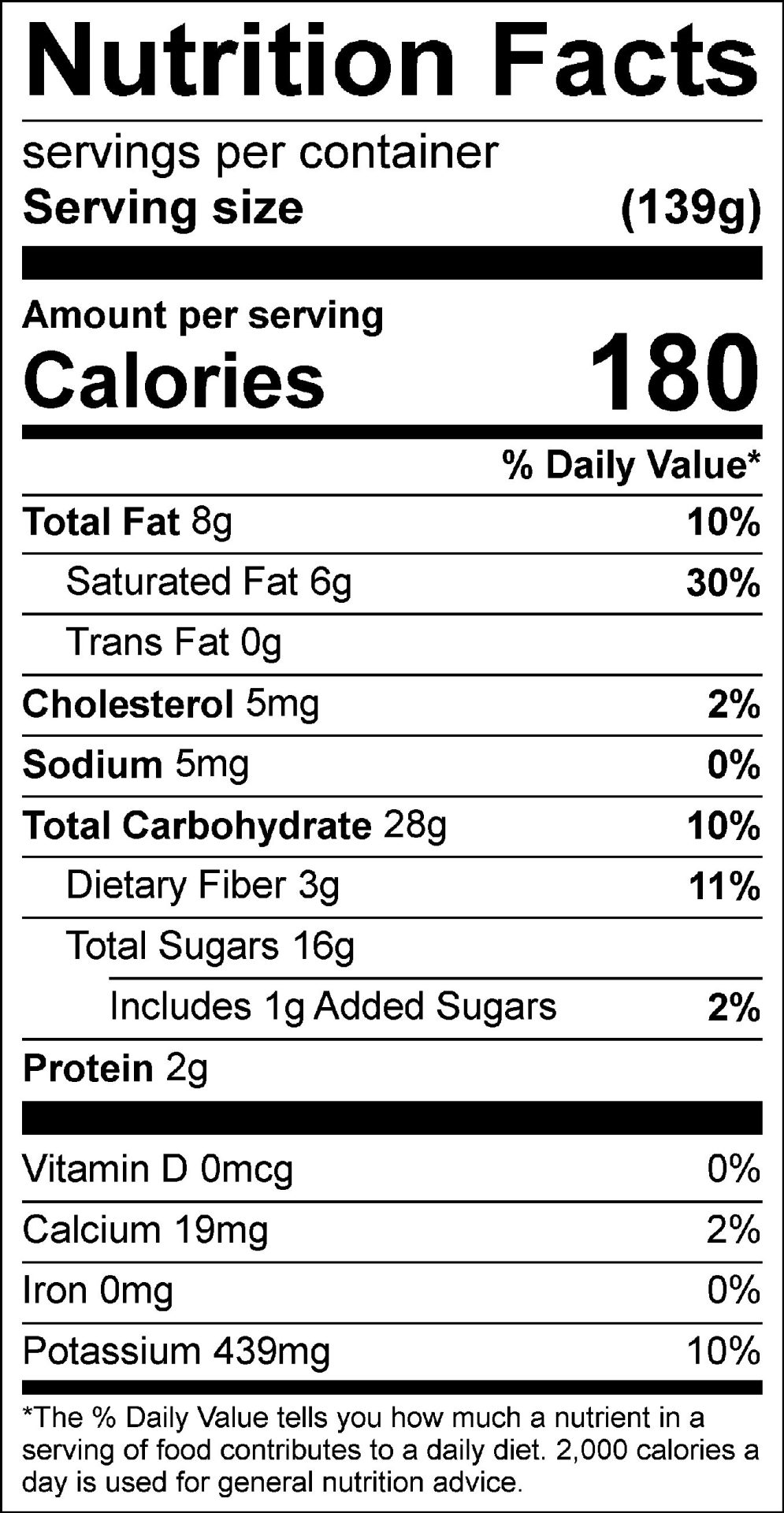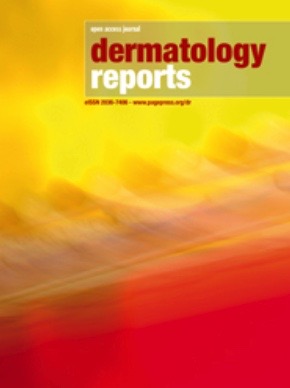Report on the Potential of Virgin Coconut Oil in Cancer Therapy and its Alignment with Sustainable Development Goal 3
Introduction: Advancing Global Health Objectives
A comprehensive review published in the Journal of Xenobiotics assesses the therapeutic potential of virgin coconut oil (VCO) and its primary bioactive compound, lauric acid (LA), in cancer treatment. This research directly aligns with the United Nations’ Sustainable Development Goal 3 (SDG 3): Good Health and Well-being, particularly Target 3.4, which aims to reduce premature mortality from non-communicable diseases like cancer. The findings highlight a potential pathway toward developing natural, accessible, and less toxic therapeutic options.
Analysis of Bioactive Compounds in Relation to SDG 3
General Health Benefits and Contribution to Well-being
VCO is a source of numerous bioactive compounds that contribute to general health, a foundational aspect of SDG 3. Its properties support the goal of promoting well-being for all at all ages.
- Rich Composition: VCO contains saturated fatty acids, phospholipids, flavonoids, and polyphenols.
- Health-Promoting Effects: These components provide documented anti-inflammatory, antioxidant, antimicrobial, and anticholesterolemic benefits.
- Superior Antioxidant Properties: The phenolic content in VCO is significantly higher than in refined coconut oil, enhancing its capacity to combat oxidative stress, a key factor in many non-communicable diseases.
Anticancer Properties: Targeting Non-Communicable Disease Mortality (SDG 3.4)
The review consolidates preclinical evidence suggesting that VCO and LA possess significant anticancer properties, offering a potential strategy to address the global burden of cancer as outlined in SDG 3.4.
- Broad-Spectrum Potential: VCO has demonstrated inhibitory effects against various cancer cell lines, including lung, breast, colon, oral, and liver cancers.
- Mechanisms of Action:
- VCO and LA inhibit the proliferation of cancer cells and induce apoptosis (programmed cell death).
- In colon cancer models, LA was found to downregulate the epidermal growth factor receptor (EGFR), a key pathway in cancer progression, and induce reactive oxygen species (ROS) to trigger cell death.
- A VCO-based nanoemulsion was shown to enhance the efficacy of the chemotherapy drug methotrexate against lung cancer cells.
- Targeted Cytotoxicity: Studies suggest that LA exhibits preferential cytotoxicity toward cancer cells, a crucial attribute for developing treatments that minimize harm to healthy tissues.
Mitigation of Chemotherapy Toxicity: Enhancing Quality of Life (SDG 3)
A critical challenge in cancer treatment is the severe toxicity of chemotherapy, which diminishes patients’ quality of life. The review indicates that VCO could play a vital role in mitigating these side effects, directly supporting the broader aim of SDG 3 to ensure healthy lives and promote well-being.
- Protection Against Organ Damage: In animal models, VCO demonstrated protective effects against chemotherapy-induced damage to the liver, heart, and kidneys caused by drugs like doxorubicin and cisplatin.
- Reduction of Systemic Toxicity: VCO was found to alleviate immunosuppression, hematological alterations, and oxidative stress associated with chemotherapy.
- Improved Patient Outcomes: One study noted that VCO supplementation improved the quality of life for breast cancer patients undergoing treatment, although human clinical data remains limited.
- Addressing Cachexia: A combination of glucose and LA showed potential in improving cancer-derived myocardial damage in a mouse model of cachexia (weight and muscle loss).
Conclusion and Future Directions for Sustainable Health Solutions
Summary of Findings
The reviewed literature strongly suggests a dual benefit of VCO and LA in oncology: direct anticancer activity and a capacity to reduce the toxicity of conventional chemotherapeutic agents. These findings present a promising avenue for research that aligns with the global health agenda of SDG 3.
Limitations and Recommendations for Future Research
To translate these preclinical findings into viable clinical applications that contribute to SDG 3, future research must address current limitations.
- Lack of Human Data: The majority of evidence is derived from cell culture and animal studies. Rigorous, large-scale human clinical trials are essential to validate efficacy and safety.
- Need for Safety Protocols: Future studies, particularly those involving nanoformulations, must adhere to structured safety protocols to ensure the safe application of VCO/LA-based therapies.
- Further Mechanistic Exploration: More research is needed to understand the impact of LA on microRNA expression and other cellular pathways to fully elucidate its anticancer mechanisms.
Advancing this research is critical for developing sustainable, effective, and accessible health interventions to combat non-communicable diseases globally.
Analysis of Sustainable Development Goals (SDGs) in the Article
-
Which SDGs are addressed or connected to the issues highlighted in the article?
The primary SDG addressed in the article is:
-
SDG 3: Good Health and Well-being
This goal aims to ensure healthy lives and promote well-being for all at all ages. The article directly connects to this by exploring the potential of virgin coconut oil (VCO) and lauric acid (LA) as a natural therapy for cancer. The research discussed focuses on treating a major non-communicable disease (cancer) and mitigating the severe side effects of chemotherapy, which aligns with the core objective of improving health outcomes and quality of life.
-
-
What specific targets under those SDGs can be identified based on the article’s content?
Based on the focus of the article, the following specific targets under SDG 3 can be identified:
-
Target 3.4: Reduce by one-third premature mortality from non-communicable diseases through prevention and treatment and promote mental health and well-being.
Cancer is a leading non-communicable disease (NCD). The article explores new treatment avenues by investigating how VCO and LA “inhibit the growth of cancer cells” and “promote apoptosis.” Furthermore, it addresses the well-being of patients by examining how VCO can “combat the harmful side effects of chemotherapy” and “improved the quality of life among breast cancer patients,” which is a crucial aspect of NCD treatment.
-
Target 3.b: Support the research and development of vaccines and medicines for the communicable and non-communicable diseases.
The article is a review of “existing research” and preclinical studies on the anticancer effects of VCO and LA. It highlights the need for “further experimental validation” and more human clinical trials. This focus on scientific investigation into new therapeutic agents for cancer, an NCD, directly supports the goal of advancing research and development for new medicines.
-
-
Are there any indicators mentioned or implied in the article that can be used to measure progress towards the identified targets?
The article implies several indicators that can be used to measure progress towards the identified targets, primarily through the outcomes of the scientific studies it reviews:
-
Indicators for Target 3.4:
- Reduction in cancer cell proliferation: The article states that VCO “inhibits breast cancer cell proliferation” and LA has “growth-inhibitory effects on several cancer cell lines.” Measuring the rate of this inhibition serves as a direct indicator of treatment efficacy.
- Induction of apoptosis in cancer cells: Progress can be measured by the rate of apoptosis (programmed cell death) induced by the compounds. The article notes that VCO “induced apoptosis in lung cancer and neuroblastoma cells” and that LA led to “apoptotic alterations and cell cycle arrest” in colon cancer cells.
- Reduction in chemotherapy toxicity: The article mentions that VCO reduced “DOX-induced liver and heart damage,” alleviated “nephrotoxicity” from cisplatin, and mitigated “hepatorenal dysfunction” from cyclophosphamide. Measuring the reduction in these specific organ toxicities is a key indicator of improved patient well-being.
- Improvement in patient quality of life: The article explicitly mentions a study where “VCO supplementation improved the quality of life among breast cancer patients,” which can be measured through standardized patient surveys and health assessments.
-
Indicators for Target 3.b:
- Volume of research and development: The article itself, being a literature review, points to the existence of multiple studies. The call for “future studies” and “further experimental validation” implies that the number of preclinical and clinical trials is a key indicator of R&D activity in this area.
- Increased efficacy of existing treatments: The article suggests that VCO can be used as an adjunct therapy, noting that a “VCO-based nanoemulsion enhanced the effectiveness of methotrexate (MTX)” and that VCO “enhances the effects of trastuzumab treatment.” Measuring this enhancement in efficacy is an indicator of successful R&D.
-
-
SDGs, Targets, and Indicators Summary
SDGs Targets Indicators Identified in the Article SDG 3: Good Health and Well-being 3.4: Reduce premature mortality from non-communicable diseases (NCDs) through prevention and treatment and promote well-being. - Rate of inhibition of cancer cell growth and proliferation.
- Rate of induced apoptosis in cancer cells.
- Reduction in markers of chemotherapy-induced organ toxicity (e.g., nephrotoxicity, liver/heart damage).
- Measured improvement in the quality of life for cancer patients.
SDG 3: Good Health and Well-being 3.b: Support the research and development of medicines for NCDs. - Number of preclinical and clinical studies on natural compounds for cancer therapy.
- Measured enhancement in the efficacy of standard chemotherapeutic agents when combined with VCO/LA.
Source: news-medical.net







